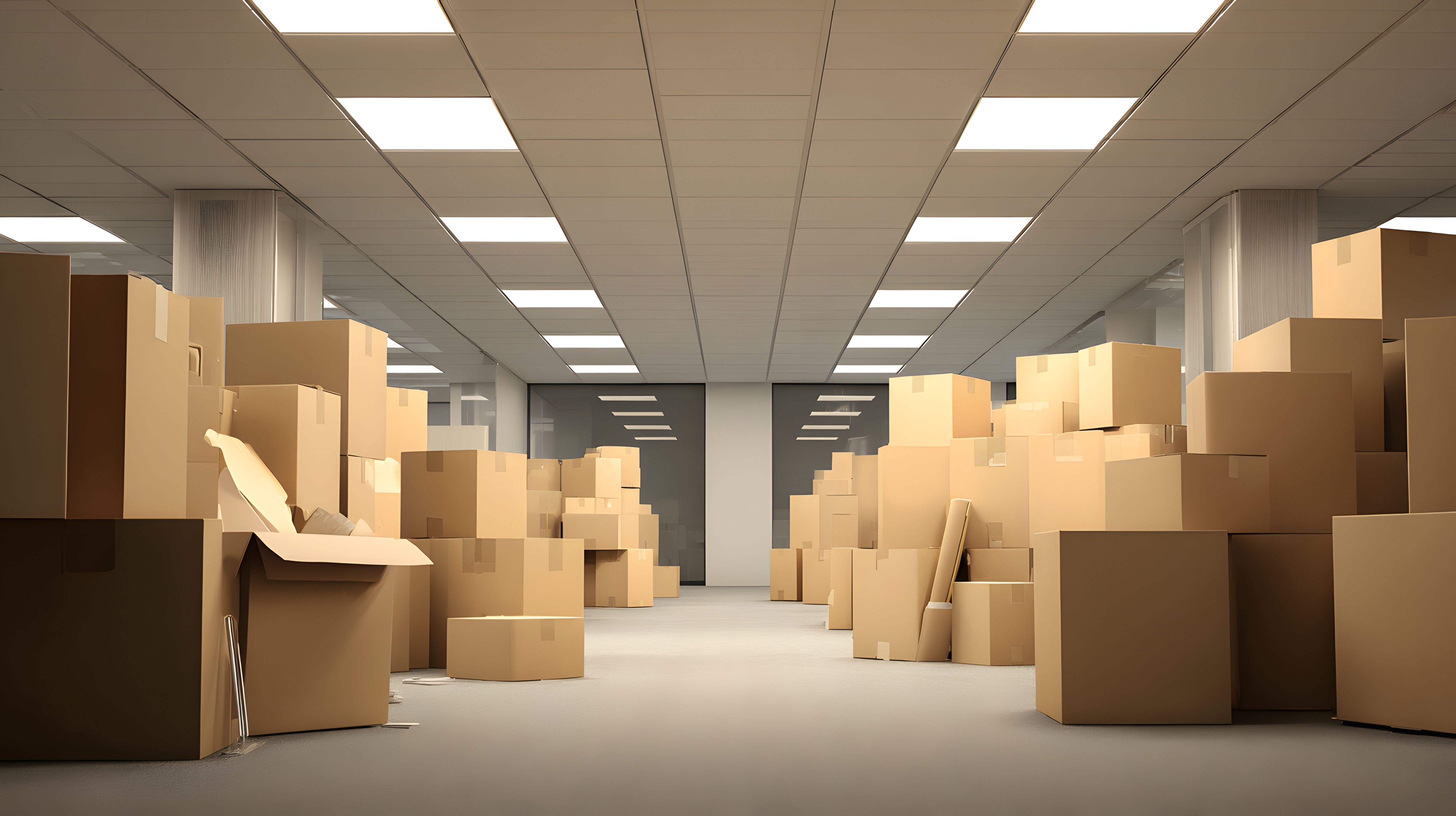For buyers in today’s market, lies an opportunity that has not been seen in years—and likely won’t last for long!
Organizations that assertively and strategically take advantage of this unique time to execute a strategic reset across their real estate portfolios will be at a significant cost advantage over their competition on the other side of this downturn. Those that do not, will not only miss significant opportunities, but they will also find themselves at a disadvantage once the real estate markets recover.
For buyers who want to capitalize on today’s market, the unknown timeline for an expected recovery outlook puts a pretty tight timeline on your investment decisions.
But before we jump into new ventures, we’re going to take a step backwards and help you understand all the factors that go into the pricing model for commercial properties.
How do commercial properties come up with the magic number on the sales tag?

Well, there’s no magic to it! Commercial properties use a Broker’s Opinion of Value to help determine what that sales sweet spot is—unlike the title suggests it’s not just someone’s opinion. A broker’s opinion of value is a set of variables that are taken into consideration that help determine what a building is worth and what it will sell for on the current market.
What Variables Are Considered When Pricing a Commercial Property?
 Construction Costs
Construction Costs
There are some hard costs that you just can’t get around when pricing a building. If the building is new and construction costs estimate to $3 Million dollars, it’s highly unlikely that you’ll spend less than that amount when purchasing. Selling for anything less would cause the developer or initial landlord to accept a significant loss. On top of costs, developers need to make a profit to sustain their business, so it’s unlikely they will sell unless they are able to cover costs plus profit.
Market Overviews and Trends
Your broker will assess your property by comparing it to similar property types within your market and submarket. Property values can be drastically different from plaza to plaza so it’s important to find a broker that is familiar with the local commercial real estate landscape. These trends will also take into account the overall health of the city’s, state’s, and national commercial real estate market.
 Physical Condition
Physical Condition
If the building is a fixer-upper, it’s not going to be as expensive as a property in pristine condition. This inspection usually will happen in person by the broker or a qualified professional and will include factors such as age, condition, interior improvements, visible material defects, quality of materials, exterior condition of roof, asphalt, landscaping.
Current & Competing Available Buildings
The broker will compare your building to properties on the market and any that have sold within the last 12-18 months. This will reinforce what buyers are willing to pay for properties in that market / submarket.
There’s a lot of detailed information that goes into a Broker’s Opinion of Value and Sales Strategy. Because your commercial real estate is such a high-value and inflexible investment, it’s important to make sure you are choosing a tenant-rep only advisor whose sole fiduciary responsibility is to you, not split between you and the developer or landlord.
If you're in the market to buy, sell, or lease a commercial real estate property, now is the perfect time to act. As a commercial real estate brokerage and advisory firm, we at Keyser are here to support you by driving and establishing both short- and long-term real estate cost-saving strategies.





